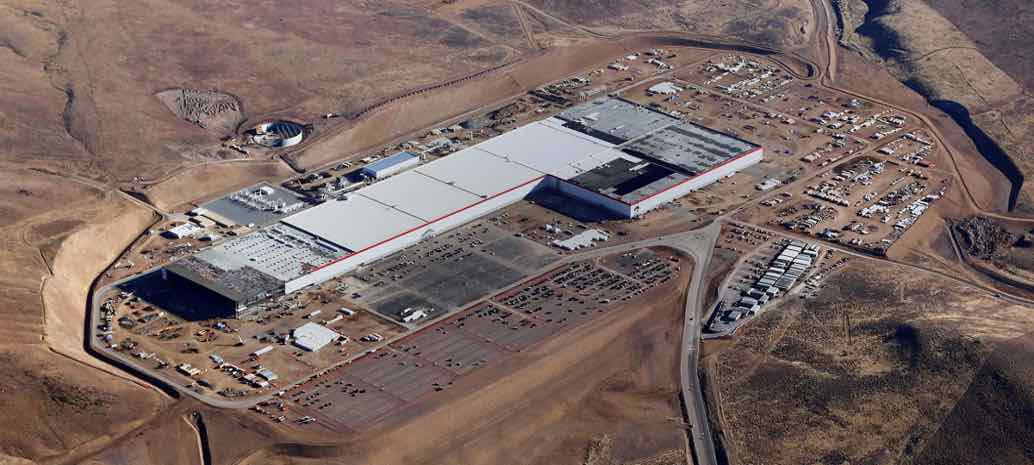Energy storage projects may bring the cost per kWh of a lithium-ion battery down from $10,000/kWh in the early 1990’s to $100/kWh in 2019, according to a new study written by a research team from University of California and TU Munich in Germany, and published in Nature Energy.

This result, if confirmed, would indicate that prices for lithium-ion storage systems are dropping faster than PV or wind technologies, the scientists claim, and that the new combination of solar, wind and storage will soon be able to outcompete coal and natural gas plants on cost alone, due to this price fall.
The achievement of the $100/kWh target, however, may be endangered by a recent lack of investment for basic and applied research, the researchers stated.
According to the research, in fact, US federal R&D spending declined over the past four decades from about 1.2% to 0.8% of the US GDP.
The scientists have developed a two-factor learning curve model to analyze the impact of innovation and deployment policies on the cost of storage technologies, which includes production volumes and patent activity.
This model, according to the research team, explains the recent plunge of battery prices better than both conventional models using economies of scale or a classic experience curve approach, as these usually overestimates prices.
Using this two-factor model the scientists concluded that long-term R&D spending and innovation were crucial to cost reductions.
“Our framework supports prevailing technological learning literature that describes innovation as a more critical component of cost reductions compared to deployment” said the research team in its paper.
Furthermore, the team stressed the need for more research in new storage technologies, claiming there is currently no clear prevailing technology, and that a diverse range of options may outlast lithium-ion batteries.
“There may be room for a number of different battery chemistries that all provide different services on an evolving grid, some providing voltage regulation and frequency control, and others serving long duration outages and providing back-up for buildings and communities”, the researchers said.
Source: PV Magazine. Reproduced with permission.








